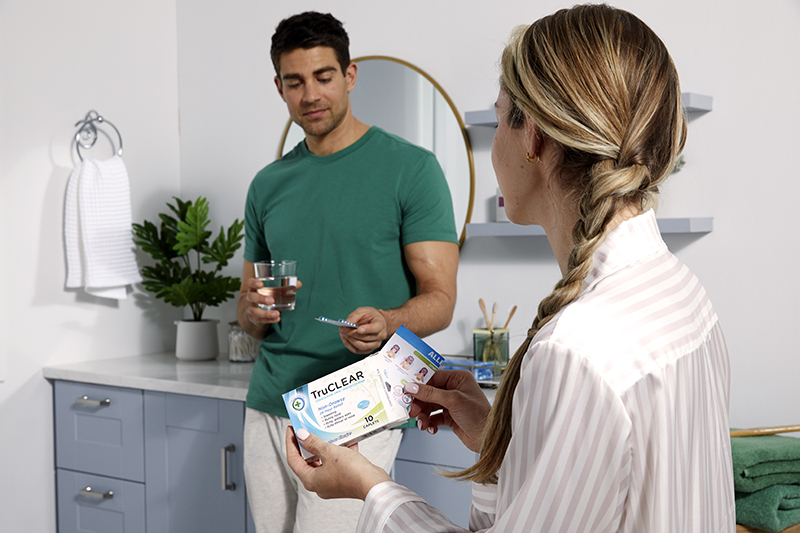By Erwin Klünder, head of sales – healthcare & flexibles at Graphic Packaging
MANY surveys have shown that consumers want to make more sustainable purchasing choices, a sentiment shared by patients in the pharmaceutical industry. Patients expect companies to help them do that by providing the right products in the right packaging.
This becomes even more important in the context of the European market, where the EU’s proposed Packaging and Packaging Waste Regulation (PPWR) reforms will bring pharma packaging into the scope of packaging waste legislation for the first time.
Influences shaping the healthcare sector
The need to introduce more environmentally responsible packaging has predominantly been an issue for consumer brands. Now, many pharmaceutical and medical companies are incorporating the same approach into their packaging strategies, with many setting goals to introduce 100% recyclable or reusable packaging.
Drug treatments are becoming increasingly specific, designed to treat individual patients or rare diseases. As a result, the demand for smaller lot sizes is growing, requiring short production runs and more complex print requirements.
Self-administration solutions are also expected to grow significantly over the next decade. This will have a notable impact on packaging design and supply chain processes, as these products often combine a medical device (for example, an auto-injector pen) with the drugs they administer in a single pack. These packs must be able to enhance the patient experience while also fulfilling accessibility requirements for patients of all physical needs, including reduced motor capabilities. This shift requires not just technical expertise and advanced packaging engineering, but a deep understanding of patient needs.
Addressing trends to enhance the patient experience
These changes present an opportunity for innovation, and creative packaging design can be the key to unlocking its full potential. Reducing weight, optimising recyclability, and adopting innovative, high-quality new materials that incorporate more renewable or recycled content are all routes toward improving the circularity of pharmaceutical packaging.
Packaging companies can leverage the circularity expertise that already exists in other sectors, to inspire a new generation of tailored innovations in the healthcare market. For example, the food market is utilising paperboard solutions that can offer equivalent performance to plastic for many applications. These materials can be enhanced with barrier coatings or films to create high-performance hybrid solutions.
Advances in print finishing enable PET metallised board to be replaced with printed metallic effects or water-based inks which may improve pack recyclability.
Coding and security
Safety and security will remain guiding principles and efforts to prevent counterfeiting will continue. Serialisation is one key tactic. As coding requirements grow more complex and diverse across geographies, serialisation processes must be flexible and able to accommodate longer, more varied coding requirements, including EU codes, Chinese C128 codes, veterinary codes, and country-specific formats like Italian Bollini labels.
In addition, this service must keep up with ever-evolving drug traceability specifications and guidelines. Anti-counterfeit solutions continue to develop, with a range of overt and covert authentication methods available. More efficient marking and printing techniques are being introduced that enable high-speed, late-stage customisation for smaller batch sizes.
The impact of PPWR
Once its final version has been approved, the PPWR proposal will be phased in from 2025. While it is likely to be amended as it moves through the parliamentary process, the substance of the proposal is expected to remain the same, which means the recyclability of pharmaceutical packaging will be in scope of packaging legislation for the first time.
This means healthcare packaging must be designed to facilitate efficient recycling and be easy to collect and sort into separate waste streams. Once recycled, it must also result in secondary material that is of sufficient quality and commercial value to substitute for primary material.
The use of paper-based materials as alternatives to secondary and tertiary packaging in the pharmaceutical sector will align with new regulatory requirements and meet patient expectations. Cartonboard is capable of being recycled at scale – 82.3% of fibre-based packaging is recycled in Europe, and 81% in the USA – and can easily meet Design for Recycling (DfR) criteria.
By adopting a patient-centric approach to paper-based innovation, pharmaceutical companies can fulfil their new regulatory requirements while also maintaining high standards of patient protection.













